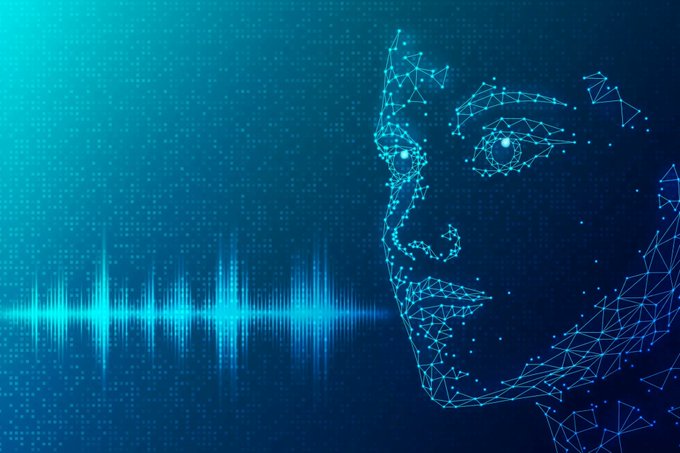By now, most of us have tried playing around with OpenAI’s ChatGPT. After using it, I’m excited—and a bit scared, if I’m being honest — about what the future holds in the age of artificial intelligence. But first, some background …
ChatGPT is the first representative of a coming wave of practical, user-friendly AI apps known as « conversational AI. » It was just released to the public a few weeks ago, and people are going nuts over it because they’re starting to understand how impactful it and others are going to be over the coming years.
It’s still in a « rudimentary » form. I say that in quotes because it’s pretty amazing what it can do already, but it’s only going to improve from here.
Think about the first time you encountered a technology that would go on to define our social experience. The iPhone, the Internet or even the desktop computer. We never quite get it at first. Conversational AI is just as revolutionary.
It’s a paradigm shift, even if it still seems familiar. There’s no technical barrier to entry. You simply log on with your Gmail account and start chatting. You ask it a question. For instance, « What’s the most popular species of cat? » And it tells you. So, whatever — that’s kind of like a Google search. But it’s using a different method. It’s not searching for existing content. Instead, it’s producing new content based on patterns extracted from colossal amounts of data. So, instead of browsing through pages and pages of search results, none of which may be exactly what you’re looking for (and all of which are owned by other people), you can now just summon up whatever you want. If I ask it to write me a description for a litter box, it can do it instantly, from scratch.
Already, this is transformative. But this is just the tip of the iceberg. We can start to see how far the rabbit hole goes as we dig into its other use cases. Here’s how we’ve started using conversational AIs at tuft + paw (a DTC cat brand I founded):
Related: How to Use AI Tools Like ChatGPT in Your Business
Mots-clés : cybersécurité, sécurité informatique, protection des données, menaces cybernétiques, veille cyber, analyse de vulnérabilités, sécurité des réseaux, cyberattaques, conformité RGPD, NIS2, DORA, PCIDSS, DEVSECOPS, eSANTE, intelligence artificielle, IA en cybersécurité, apprentissage automatique, deep learning, algorithmes de sécurité, détection des anomalies, systèmes intelligents, automatisation de la sécurité, IA pour la prévention des cyberattaques.






